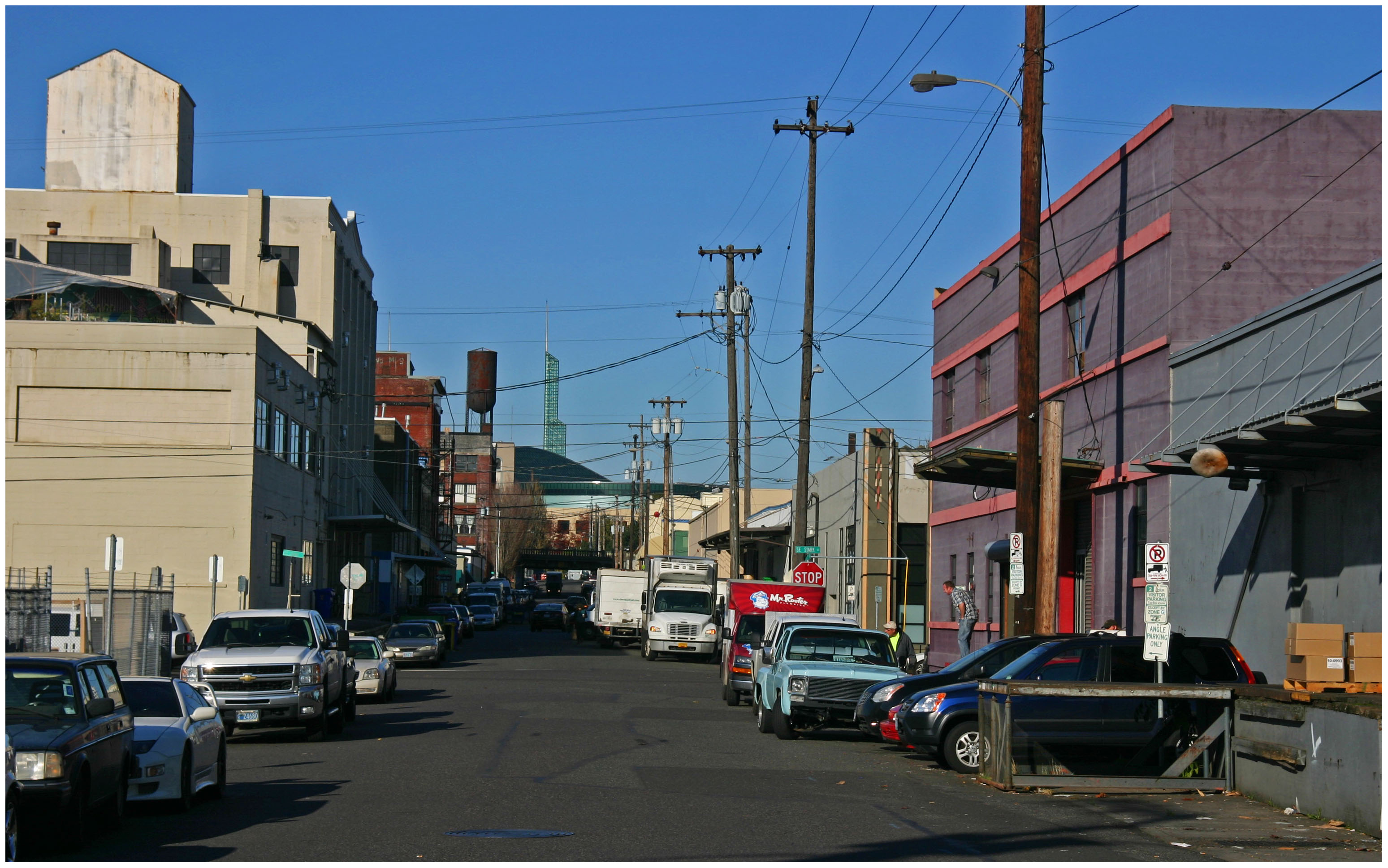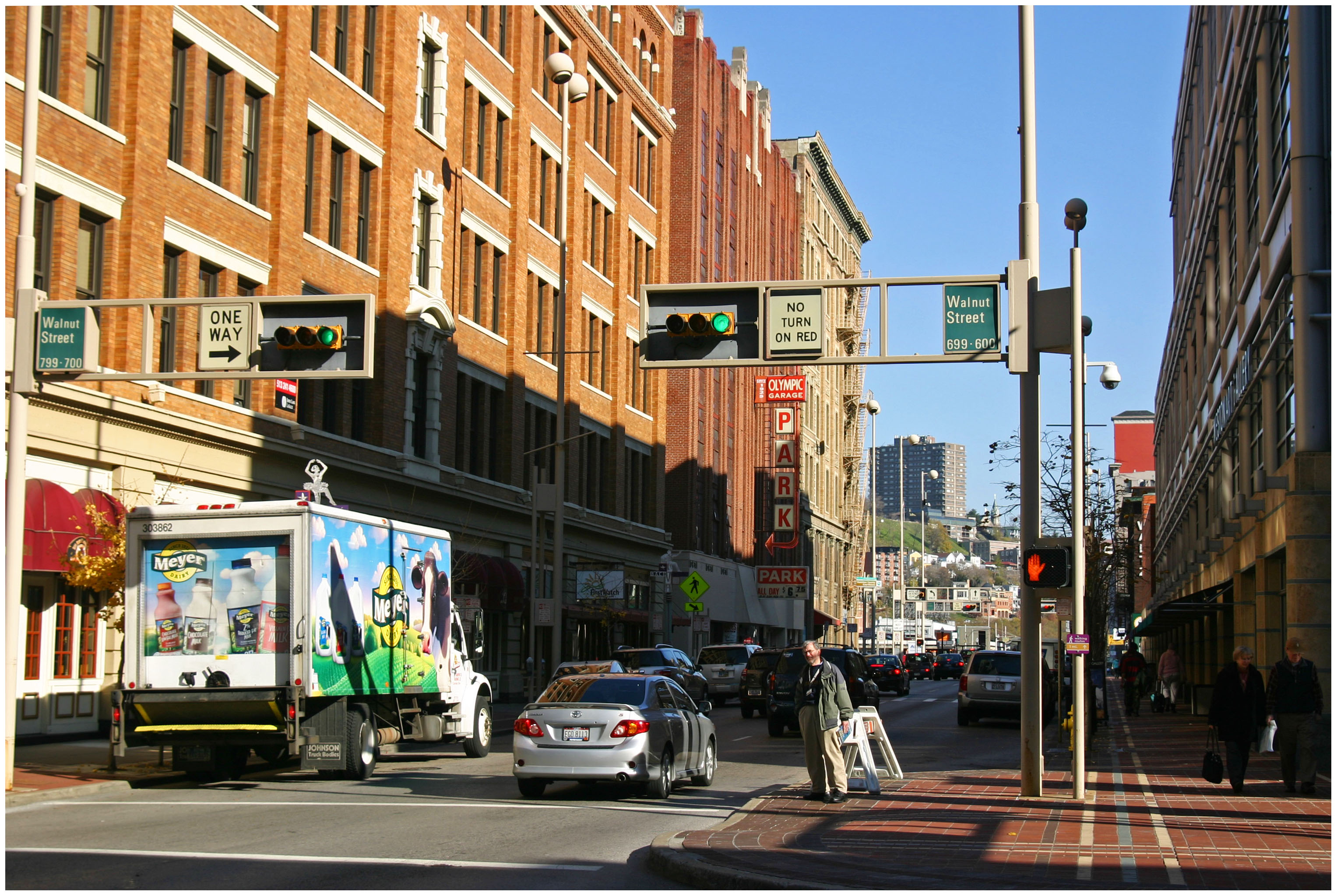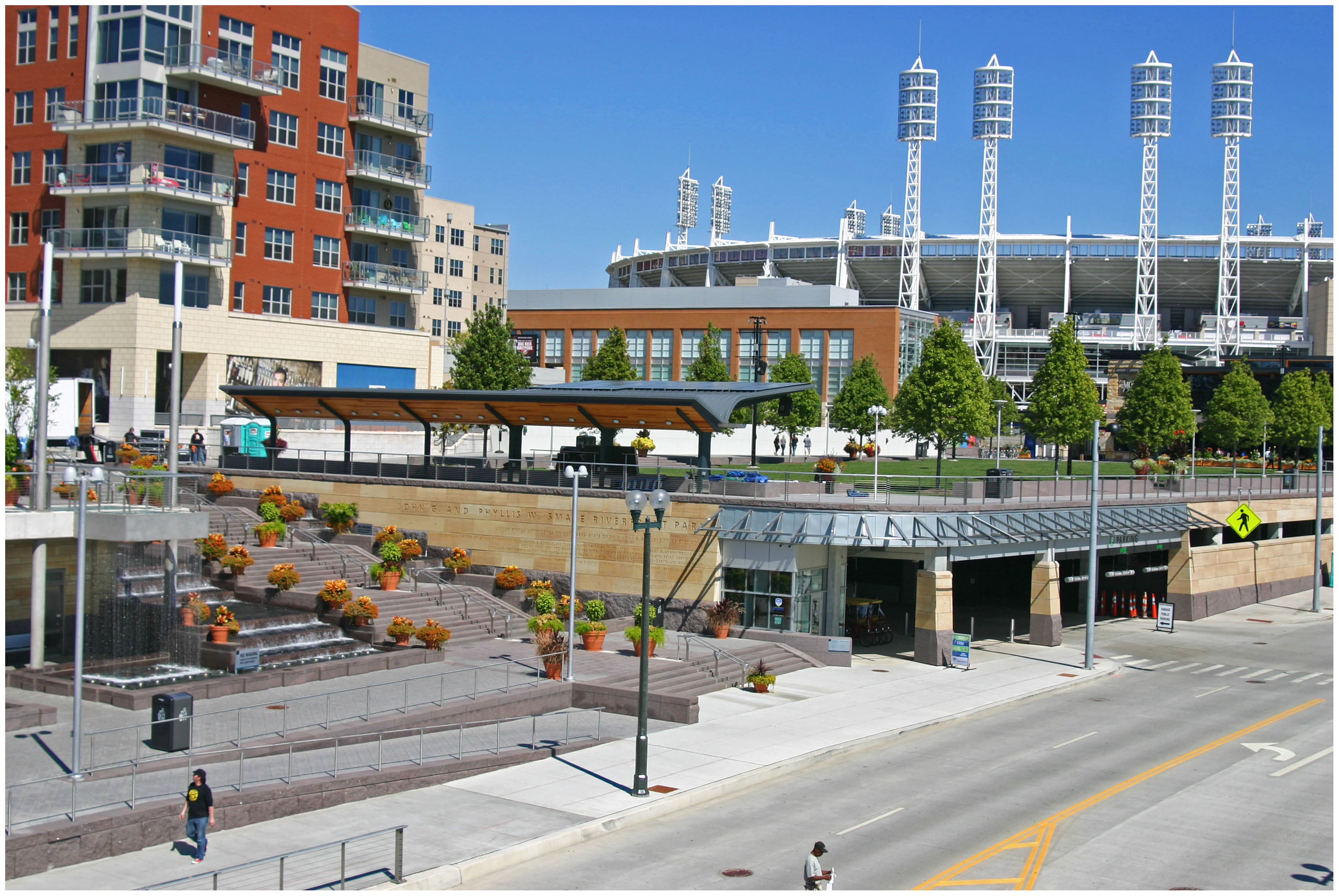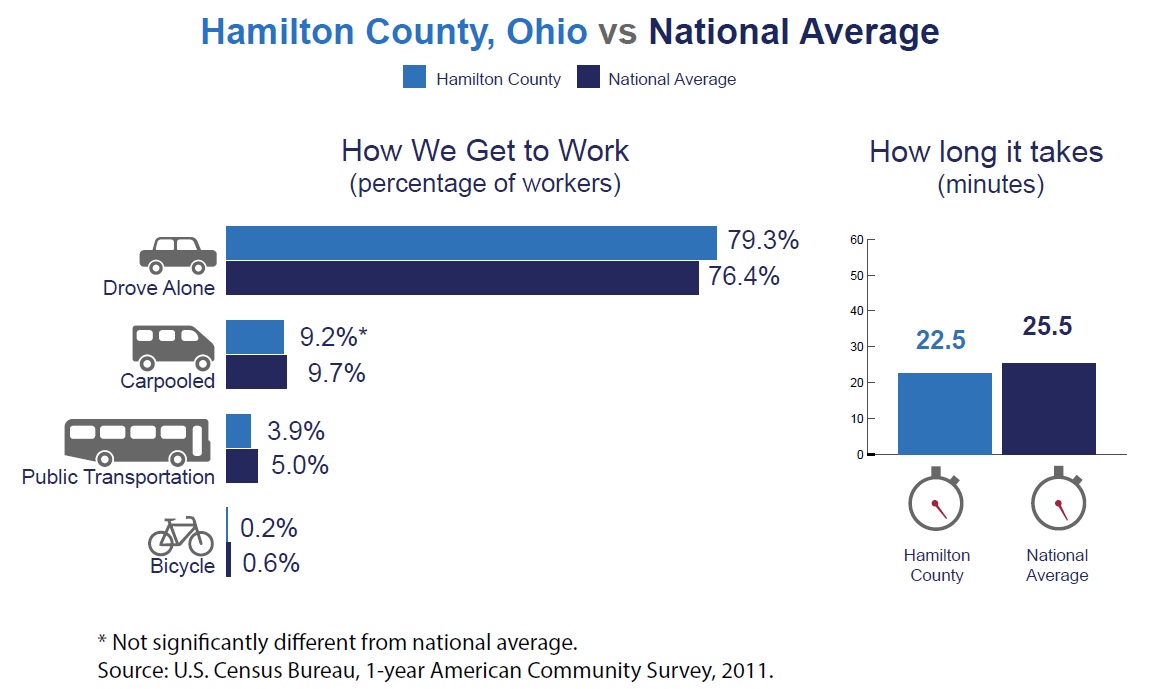The Short Vine Business District is starting to show signs of a revitalization that has been a long time coming.
Uptown generally is seeing a wave of real estate investment and concurrent transportation investment. City and State officials are working to put the final pieces of funding together for a new $70 million MLK Interchange that may also include upgrades to the Taft/McMillan interchange. Current estimates foresee project completion sometime around 2016.
Further helping accellerate the reinvestment uptown is the growing number of high-wage jobs in the area. Corryville’s neighborhood business district, for example, is surrounded by the University of Cincinnati, six major hospitals, and is within one mile of two interstates.
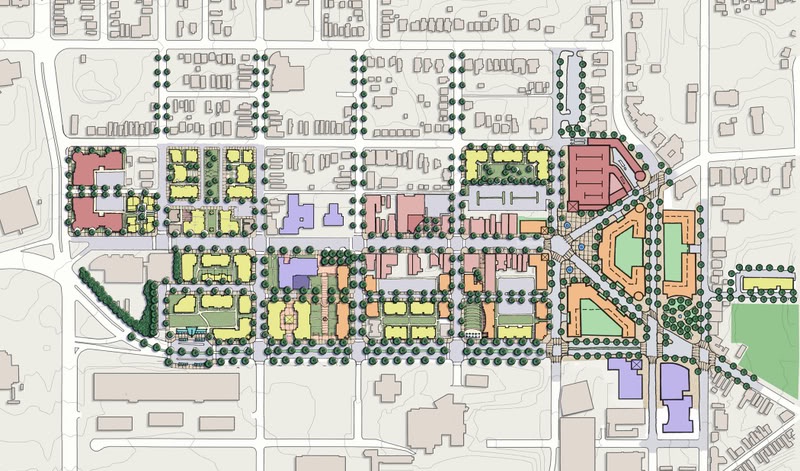
Short Vine’s master plan was updated in 2007 through a partnership between the City of Cincinnati and Uptown Consortium. While much of the plan has not been adhered to, significant change is taking place along Short Vine and its surrounding streets.
The last few years saw the introduction of a handful new businesses, such as Island Fridays, Dive Bar, and Zipscene, a startup company. Recent openings include Mio’s Pizza, a third Beelistic Tattoo location, Caribe Carryout and new eateries Hang Over Easy, Smoke, and Taste of Belgium will open in the near future.
The rehabilitation of these structures capitalized on the historic charms found therein; Smoke and Hang Over Easy used reclaimed doors, chalkboards and windows from the recently demolished Schiel School. The edgy interior designs employed by all of these businesses show a remarkable congruence to the unique character that has always been represented on Short Vine.
Bogart’s, the 36-year old concert venue and an anchor establishment in the business district, just underwent renovations upwards of $100,000 as it seeks to attract more national performers.
The Old Schiel School, which closed in 2010, was torn down and is being redeveloped into a $20 million structure that will include 106 apartments and street-level commercial space. The previous owner of the site, Fifth Third Bank, has already signed on as a tenant for one of the street-level retail spaces. As noted, Taste of Belgium will also grow their footprint and open their first uptown location at the site.
The project with the most potential to be truly transformative, however, might be the redevelopment of University Plaza.
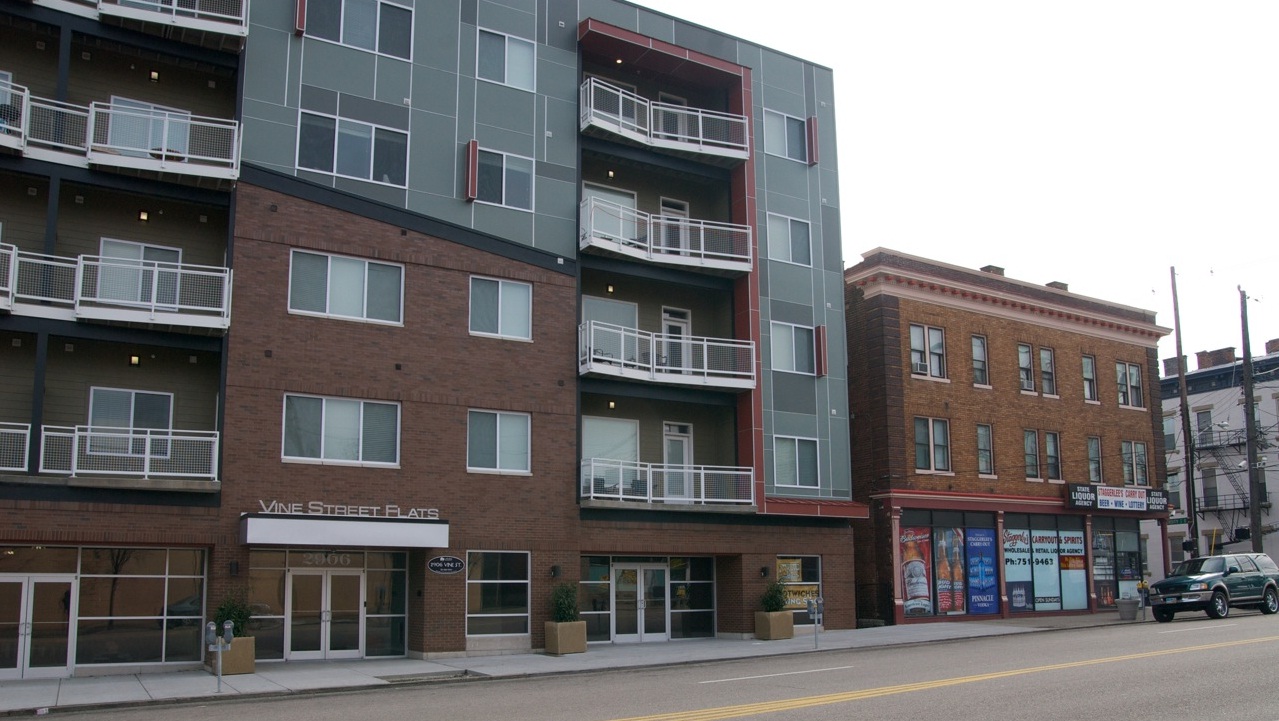
One of Short Vine’s newest buildings, Vine Street Flats, sits immediately next to one of the business district’s long-time structures. Photograph by Luca Acito for UrbanCincy.
Although there were original hopes of reconnecting Vine Street with Short Vine, the plaza site will not change but the current structure will be demolished. Kroger and Walgreens are the only current tenants expected to remain.
The Uptown Consortium thus far has served as an effective catalyst for business attraction, retention and investment in the area.
The community development corporation was awarded $40 million in tax credits in 2012, with 90% of the funds going towards the redevelopment of University Plaza and the former Schiel School site.
Additionally, last month Cincinnati City Council approved the Uptown Consortium’s application for a Community Entertainment District (CED) to cover 77 acres and 150 properties on Short Vine, thus allowing the distribution of 15 new liquor licenses within the CED.
New streetscaping will include buried utilities, wider café-style sidewalks, street narrowing, new street trees and reconfigured parallel parking are all part of the improvements approved by City Council in 2011.
“Within a few years, this area will have been transformed,” asserted John Pedro, co-owner of Dive Bar, Smoke and Hang Over Easy.


